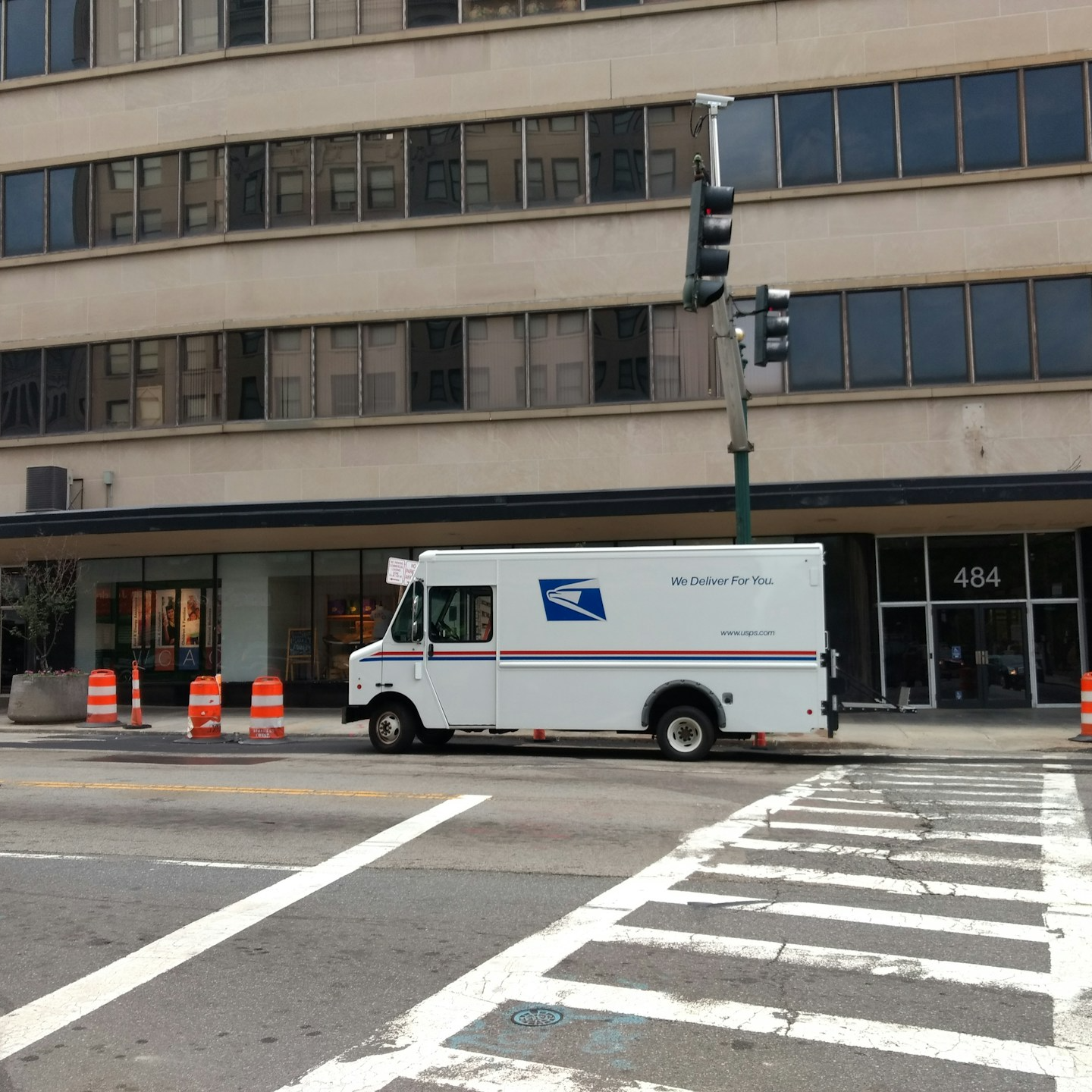Key Takeaways
-
Medicare Part B in 2025 comes with real and unavoidable costs, including monthly premiums, annual deductibles, and a 20% coinsurance that many people don’t fully anticipate.
-
Your Postal Service Health Benefits (PSHB) plan may coordinate with Part B to reduce your out-of-pocket burden—but only if you’re enrolled correctly and understand what is and isn’t covered.
The Basics of Part B in 2025
Medicare Part B covers outpatient care, doctor visits, preventive services, durable medical equipment, and some home health services. But this coverage is not free—far from it. In 2025, the standard monthly premium for Medicare Part B is $185, and the annual deductible is $257. After meeting the deductible, you’re responsible for 20% of the Medicare-approved amount for most services.
These figures can catch many off guard. If you’re retired from the Postal Service and enrolled in the PSHB program, understanding how Part B interacts with your PSHB plan is essential to prevent surprise bills.
Who Needs to Enroll in Part B?
Enrollment in Part B is mandatory in 2025 for most Postal Service annuitants and their Medicare-eligible family members. This applies unless you meet specific exceptions:
-
You retired on or before January 1, 2025, and aren’t already enrolled in Part B.
-
You’re an employee who was aged 64 or older as of January 1, 2025.
-
You live outside the U.S. or its territories.
-
You have coverage through the VA or Indian Health Service.
If you don’t fall into any of these categories and fail to enroll in Medicare Part B, your PSHB plan will not cover any of your medical costs. That’s a costly oversight.
Monthly Premiums Are Just the Beginning
The $185 monthly premium is only the standard rate. Higher-income enrollees will pay more under the Income-Related Monthly Adjustment Amount (IRMAA). These premiums are deducted from your Social Security check, or you may be billed directly if you aren’t yet collecting benefits.
Additionally, the annual deductible of $257 must be met before your 20% coinsurance begins. For someone with regular outpatient care, this adds up quickly.
What Does That 20% Coinsurance Actually Mean?
After meeting your deductible, Medicare pays 80% of the approved amount for most outpatient services. You’re responsible for the remaining 20%. There is no out-of-pocket maximum under Original Medicare, which can expose you to ongoing costs if you need frequent care.
This is where your PSHB plan can help. Many PSHB plans offer secondary coverage that picks up all or part of that 20%. But this only applies if you are enrolled in Part B. If you’ve opted out—or failed to enroll—you could be left covering the entire 20% yourself.
How PSHB and Medicare Part B Work Together
When coordinated correctly, your PSHB plan serves as secondary coverage to Medicare. This coordination can reduce or eliminate out-of-pocket costs that Medicare alone doesn’t cover. Here’s how the process typically works:
-
Medicare Part B pays first for covered outpatient services.
-
Your PSHB plan pays second and may cover the 20% coinsurance, any excess charges, or additional services not fully covered by Medicare.
Many PSHB plans in 2025 offer incentives such as:
-
Lower deductibles when enrolled in both Medicare Part A and B.
-
Reduced copayments and coinsurance.
-
Coverage for services that Medicare does not cover (e.g., foreign travel emergencies).
However, these benefits are only activated if you’re enrolled in Part B. Skipping enrollment means you lose out on coordinated benefits.
Late Enrollment Comes with Penalties
If you miss your Initial Enrollment Period (IEP), which spans seven months around your 65th birthday, you may have to wait for the General Enrollment Period (January 1 to March 31) and face a permanent late enrollment penalty. This penalty adds 10% to your premium for every 12-month period you could’ve had Part B but didn’t.
So if you delayed enrollment by two years without qualifying for a Special Enrollment Period, your monthly premium would rise by 20%—and that’s for life.
You Can’t Assume Your PSHB Plan Will “Fill In” for Part B
A major misconception among some retirees is that their PSHB plan will cover everything even if they skip Medicare Part B. In 2025, this is not true for Postal Service annuitants and their Medicare-eligible dependents.
Your PSHB plan coordinates with Medicare, not replaces it. If you’re eligible for Part B and choose not to enroll (without an exemption), your plan will not pay your claims. That means you could be responsible for 100% of your medical bills.
What If You Have Other Coverage?
Some people hold off on enrolling in Medicare Part B because they’re still covered under a working spouse’s plan or through the VA. In those cases, a Special Enrollment Period may apply when that coverage ends. But again, PSHB rules require Medicare Part B enrollment unless you qualify for a listed exemption.
Even with other coverage in place, you’ll need to weigh the financial risk of postponing Part B enrollment against the potential penalties and denied claims. Coordination rules vary, and a mistake here can cost you more than just a missed premium.
Medicare Part B and Prescription Coverage
While Part B doesn’t cover most prescription drugs, it does cover:
-
Certain drugs administered in a doctor’s office (e.g., chemotherapy, immunosuppressants).
-
Injectable and infused medications.
-
Durable medical equipment related drugs (e.g., nebulizer medications).
Postal Service annuitants who are Medicare-eligible will receive integrated drug coverage through a Medicare Part D Employer Group Waiver Plan (EGWP) offered by their PSHB plan. This benefit is automatic but depends on enrollment in Medicare. Without Part B, you may lose your access to drug coverage under the PSHB program.
Annual Costs Can Add Up
Let’s look at how costs can accumulate in 2025 if you’re enrolled in Medicare Part B:
-
Monthly Premium: $185 ($2,220 per year)
-
Annual Deductible: $257
-
Coinsurance: 20% of all approved outpatient services
-
IRMAA (if applicable): Added monthly cost based on income
With regular outpatient visits, labs, and durable medical equipment needs, your out-of-pocket costs can easily exceed several thousand dollars annually—unless your PSHB plan is effectively coordinated with Part B.
Don’t Forget to Check Your Plan Benefits
Not all PSHB plans offer the same level of Medicare coordination. Some:
-
Waive deductibles entirely for Medicare enrollees.
-
Reimburse part or all of your Part B premium.
-
Provide cost-sharing benefits that reduce or eliminate copayments.
You should review your PSHB plan’s 2025 brochure or speak with a licensed agent listed on this website to make sure you’re getting the most from your benefits. Simply assuming your plan offers these perks can lead to missed opportunities or costly surprises.
Why Staying Informed Matters in 2025
The rules for PSHB and Medicare have evolved, and 2025 marks a significant shift for Postal Service annuitants. Understanding what you’ll actually pay for Medicare Part B—monthly, annually, and per service—is key to budgeting for retirement.
Part B is not optional for most. And even if you’re exempt, enrolling can still save you money if your plan offers enhanced coordination. Skipping it could mean:
-
Denied claims.
-
Loss of prescription drug coverage.
-
Higher long-term costs.
Your Next Step: Make a Confident Health Coverage Decision
Medicare Part B in 2025 is more than a checkbox—it’s a foundational piece of your health coverage as a Postal Service retiree. Coordinating it correctly with your PSHB plan ensures you’re protected from avoidable expenses.
Take a moment now to review your eligibility, your PSHB plan benefits, and the enrollment deadlines. If you have questions about how to proceed or whether you’re on the right track, reach out to a licensed agent listed on this website for help.







